The hackathon for 5G technology is all set to roll out its wings from October this year marking an important pathway for digital transformation. Poststructural adjustment reforms in 1991, technology has become an inevitable ingredient for infusing global interconnectedness in terms of faster communication and revitalizing the global economy. As the world is progressing, there are also challenges that have to be addressed in a sustainable manner. An emerging threat in the 21st century was marked by the coming of Covid-19 that initially started in Wuhan city in December 2019 and within a few months engulfed the entire globe. In these testing times, when social distancing became the new norm and lockdown was imposed, technology remained the only medium to cope with the global economy, psychological trauma and distress education.
The emergence of 5G based on indigenous technology is set to be a game changer for better connectivity, speed and efficiency. The euphoria set the ball rolling for 5G spectrum auction that recorded a remarkable spectrum sale of 1.5 lakh crore. Amongst the network providers, Reliance Jio emerged as the top bidder with 48 % of the total airwaves for 88,000 crores. This was followed by Airtel which bagged 39 % of the spectrum for 43,084 crores and Vodafone 12 % spectrum for 19,000 crores. The roll-out of 5G technology is certainly a progressive step for promoting digital transformation but this comes with challenges of speed, low bandwidth, network disruptions and technological reach in urban, rural and peri-urban areas.
India had 1.2 billion mobile subscribers in 2021 and out of this approx. 750 million are smartphone users which makes it the second largest smartphone consumer globally. Average mobile data consumption has also propelled and the average monthly mobile data consumption in 2021 has increased to 17 GB per user, an increase of 26.6 percent as per Nokia’s annual ‘Mobile Broadband Index’ report 2022. Though there has been an increase in the overall statistics of smartphone mobile users and the average data consumed, speed and bandwidth network remain a big concern. The overall performance of India in lieu of speed and network performance has been quite piecemeal and remains a daunting task. Globally, India has ranked 118 in the median Speedtest Global Index 2022 with an average mobile download speed of 14 mbps and upload speed of 3.63 mbps. Amongst the South Asian countries, India even lags behind Maldives (56.28 mbps), Nepal (15.03 mbps) and Pakistan (14.63 mbps) with respect to mobile download speed. Amongst the top performers, Norway ranks at the top in terms of mobile data speed with a download speed of 126.96 mbps and upload speed of 17.9 mbps followed by the United Arab Emirates and Bulgaria. With reference to fixed broadband speed, India has ranked 72 with a download speed of 48.11 mbps and an upload speed of 47.33 mbps.
While there has been a growth in the demand side of smartphone mobile users and data users, the supply side with reference to providing technology from the telecom companies remains a big concern. With increasing urbanization there has been growth in the urban peripheral regions and so this demand has to be met with an increase in network speed and better connectivity. It is not that only rural and peri-urban areas suffer the downward side of low speed, call drops and network congestion. Even the metropolitan cities and New Delhi being the capital of India faces the abnormalities of network congestion and low connectivity. A recent survey by Delhi police on dark spots and low network spots has revealed that there are approx. 1000 locations across Delhi where the connectivity drops. Moreover, a survey by Local Circles has brought to light that 92 percent of mobile users face low data speed and frequent disruptions in network connectivity. In fact, mobile data connectivity has become a sin qua non for the everyday consumers for digital payments, online education, management of e-services and e-governance. The emergence of the pandemic has altogether accentuated the demand for high-speed internet connectivity. Thus, the launch of 5G technology is certainly a welcome step but in such a scenario, it becomes all the more important for the government to address these challenges and come out with sustainable solutions that are consumer-centric.
The writer is an Assistant Professor, School of Liberal Education, Galgotias University







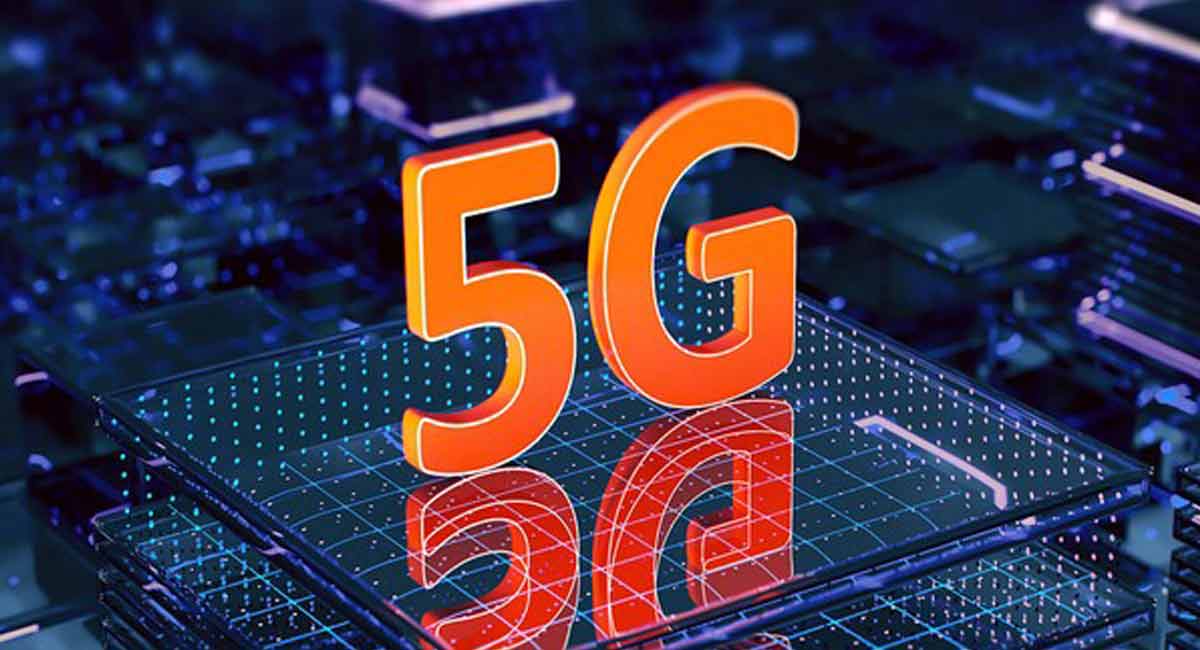
 OpinionExpress.In
OpinionExpress.In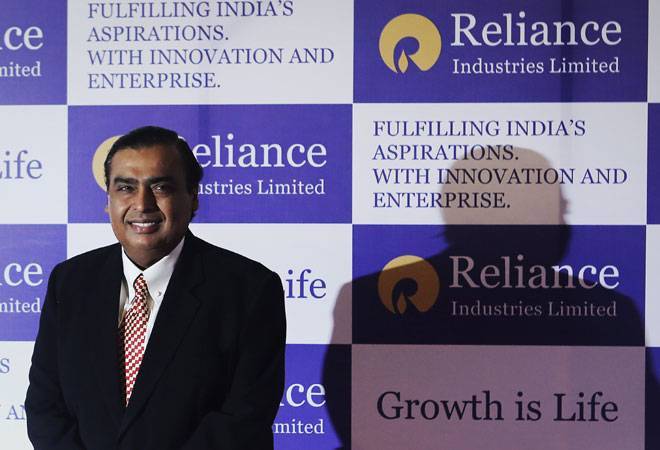
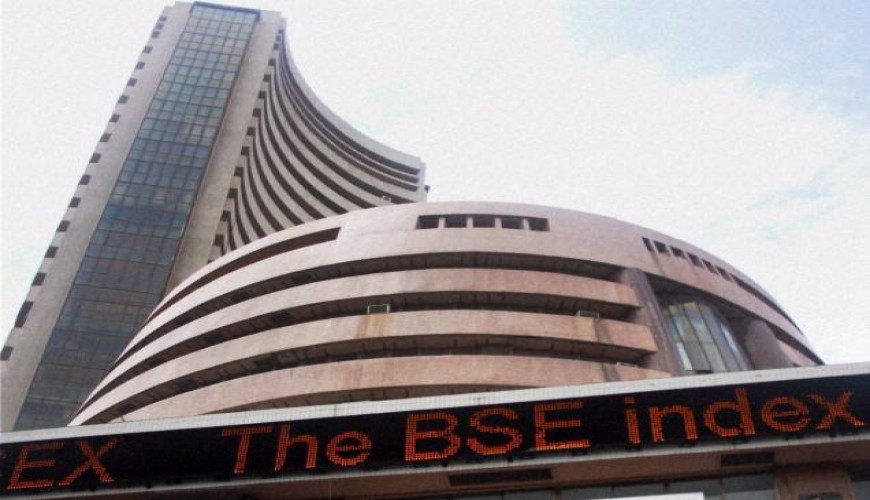
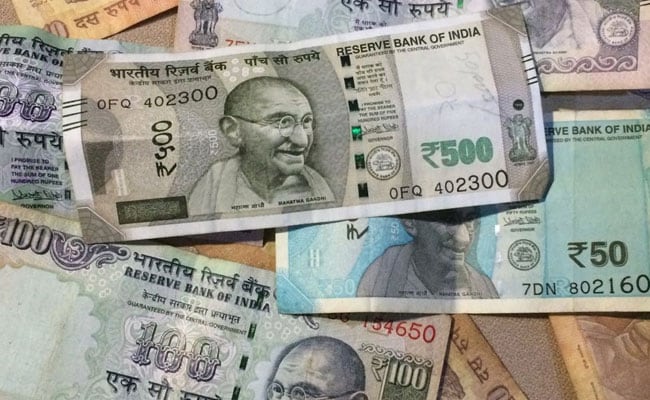
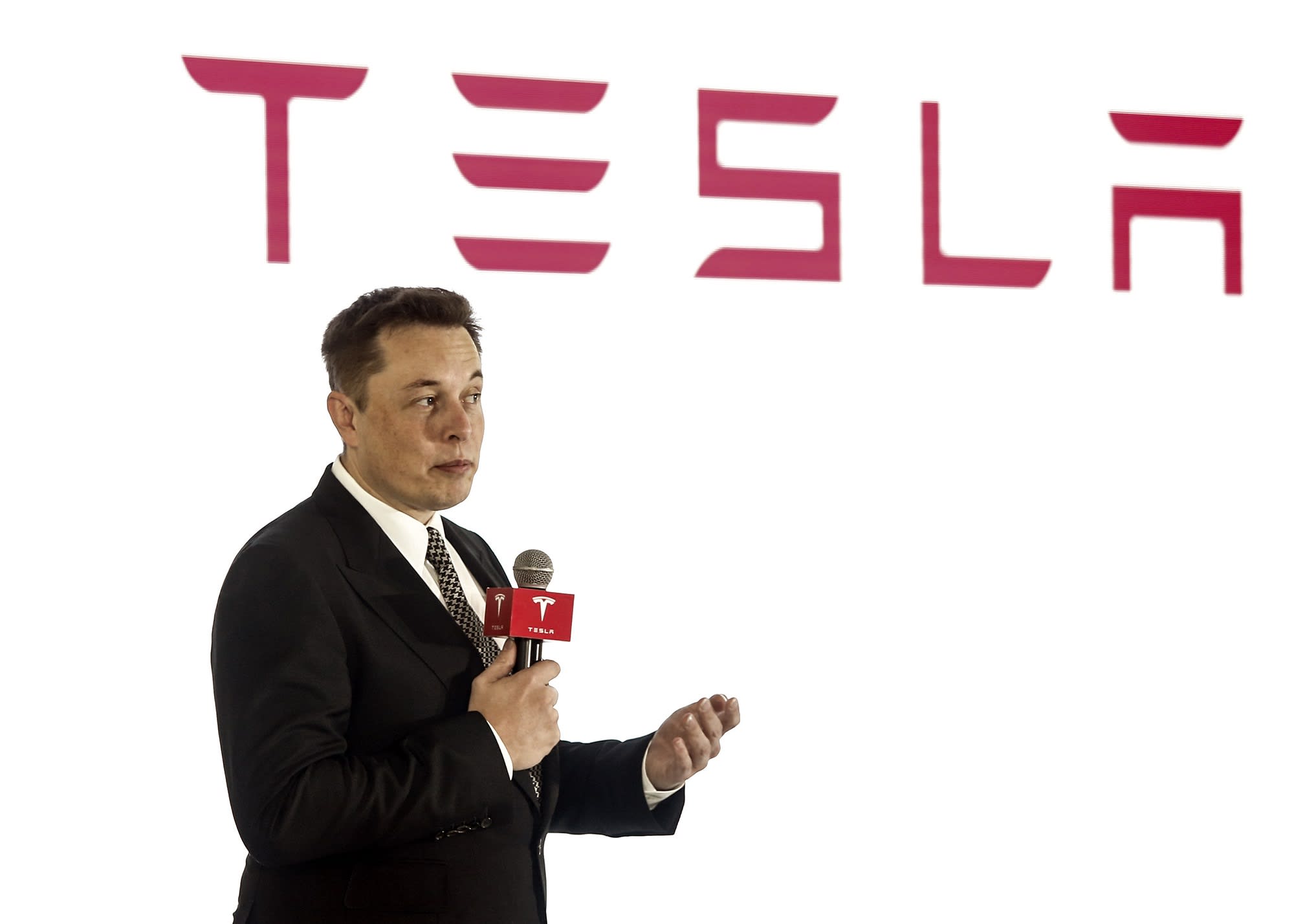
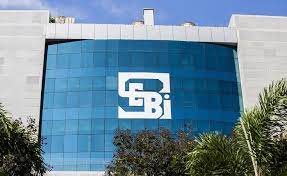

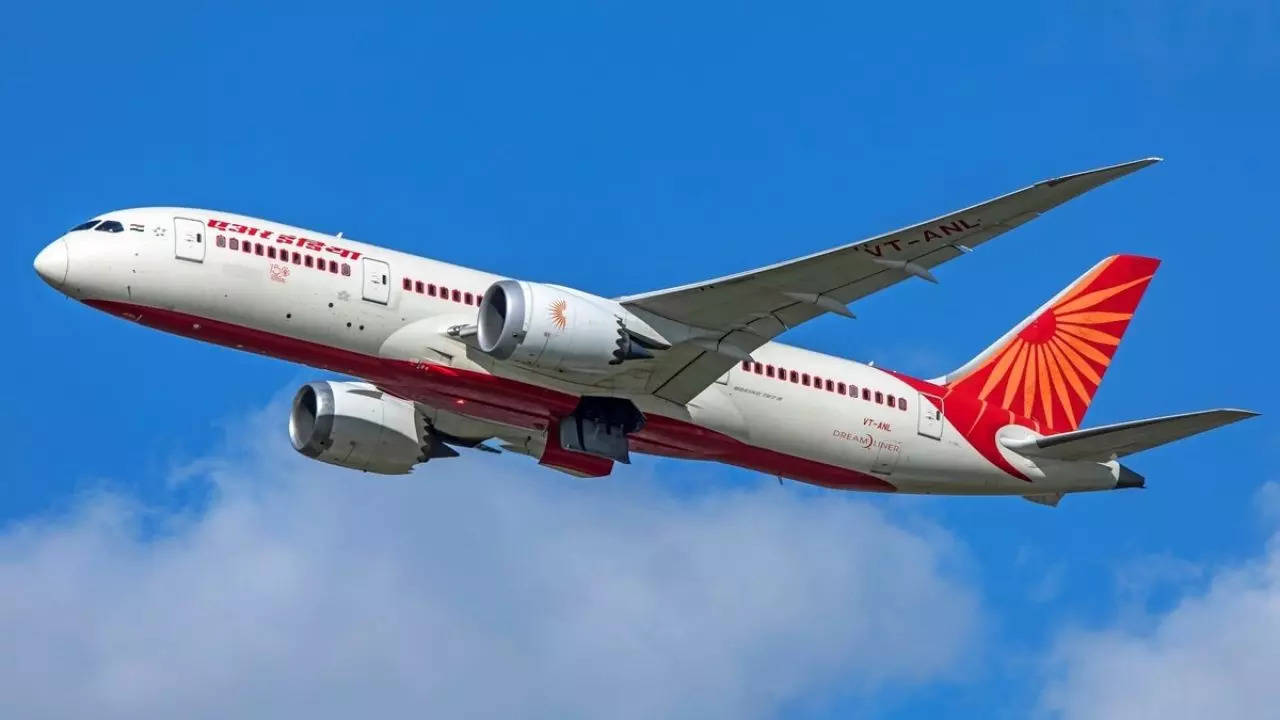
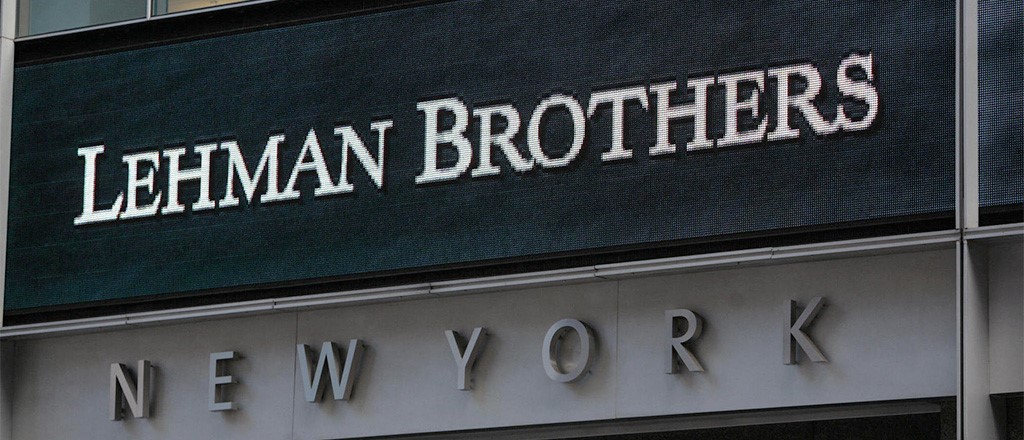
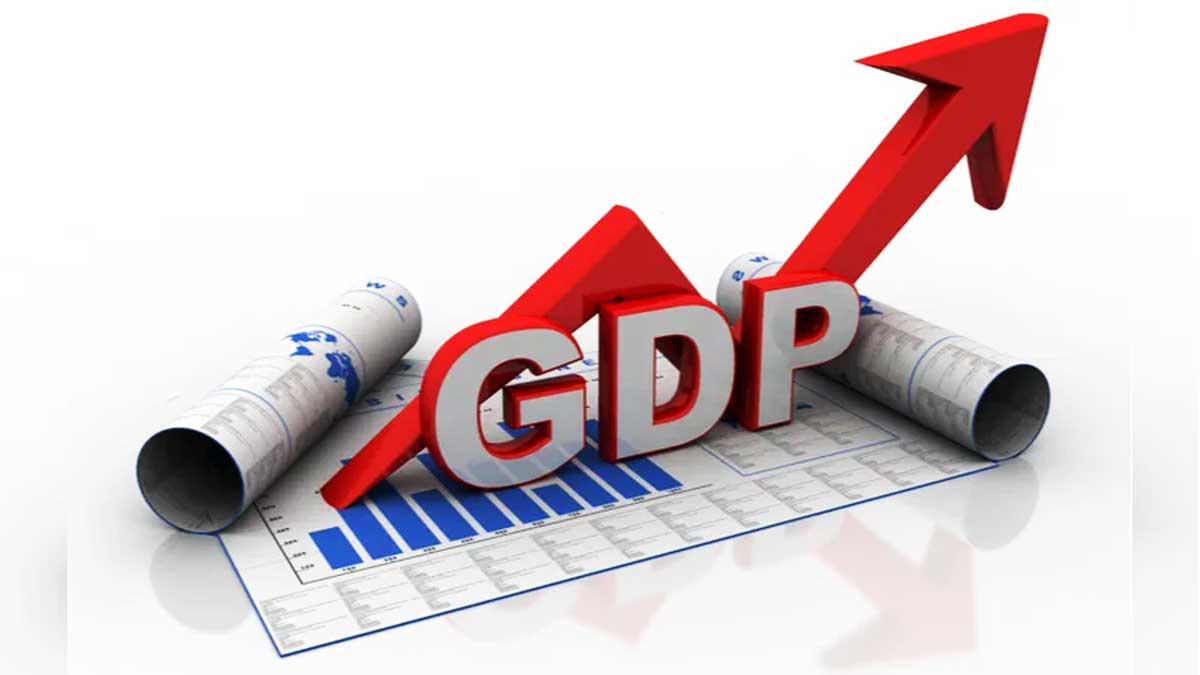
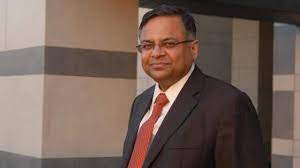






Comments (0)